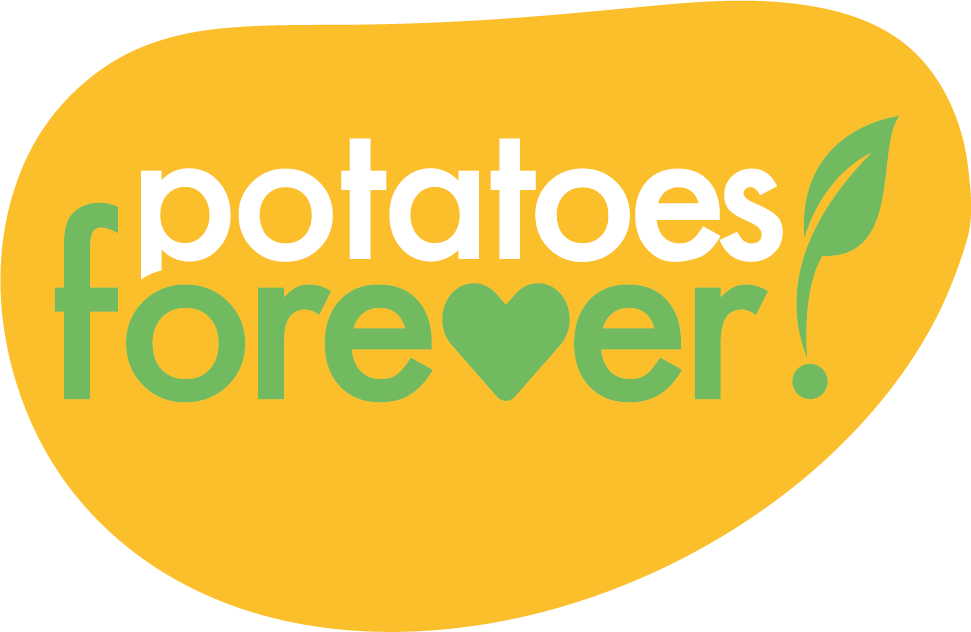TOGETHER FOR A SUSTAINABLE EUROPE
Less food waste

Mound planting of potatoes
Potatoes are planted in spring, once the frosts have ended and the soil has warmed. When you grow potatoes, instead of a seed or bulb, you plant a sprouted potato called a potato seedling. Potato producers use certified potato seedlings produced by specialist suppliers to guarantee varietal purity and the absence of disease for healthy, high-quality potatoes.
Producers build a mound of earth on top of the potato seedling, a process called earthing-up, to conserve the quality of the seedling during growth. Earthing-up keeps the sub-surface parts of the plants in the dark from growth to harvesting. This promotes root anchorage, protects seedlings from frost and light, facilitates drainage of excess water, and protects stalks from the wind. Earthing-up is essential to protect crops and reduce losses.
Optimal storage of potatoes at packing centres
Potatoes are seasonal products. They are usually harvested in autumn, or in spring for early potatoes which are harvested before they are mature and can only be stored for a few days.
To ensure year-round availability, potatoes are stored in optimal conditions in large ventilated and refrigerated warehouses to prevent sprouting, and in the dark to prevent them from turning green. This stringent storage system ensures that the visual and taste qualities of the potatoes are preserved to the highest possible standard.


Adding value to potatoes unfit for consumption
Potatoes that are badly damaged or have sprouted or turned green are recycled rather than thrown away.
They can serve, for example, as animal feed for rearing cows, pigs, and other livestock. They can also be used in the methanization process, which produces biogas from organic matter.
Storing potatoes correctly at home
As a fresh and storable product, potatoes are an asset when it comes to reducing everyday food waste.
Here are a few simple rules to follow at home: keep potatoes away from light to prevent them from turning green, and in a cool, dry place to inhibit sprouting. For example, you can store them in the vegetable compartment of the fridge or a cellar.
Top tip: you can still eat a sprouted potato by simply removing the sprout to extend its shelf life by a few days.


Less food waste
The amount of food wasted in the home is estimated at 29 kilos per person per year in France.
You can avoid wasting potatoes in several ways: many recipes reuse potatoes that have already been steamed or mashed. And everything is delicious about potatoes! Even peelings can be used to make tasty crisps!
Anti-waste strategies: our professionals would like to say thank you!
Actors in the potato sector are committed to advancing sustainable agriculture at every opportunity. We provide them with the resources they need to continuously improve their environmental practices.





